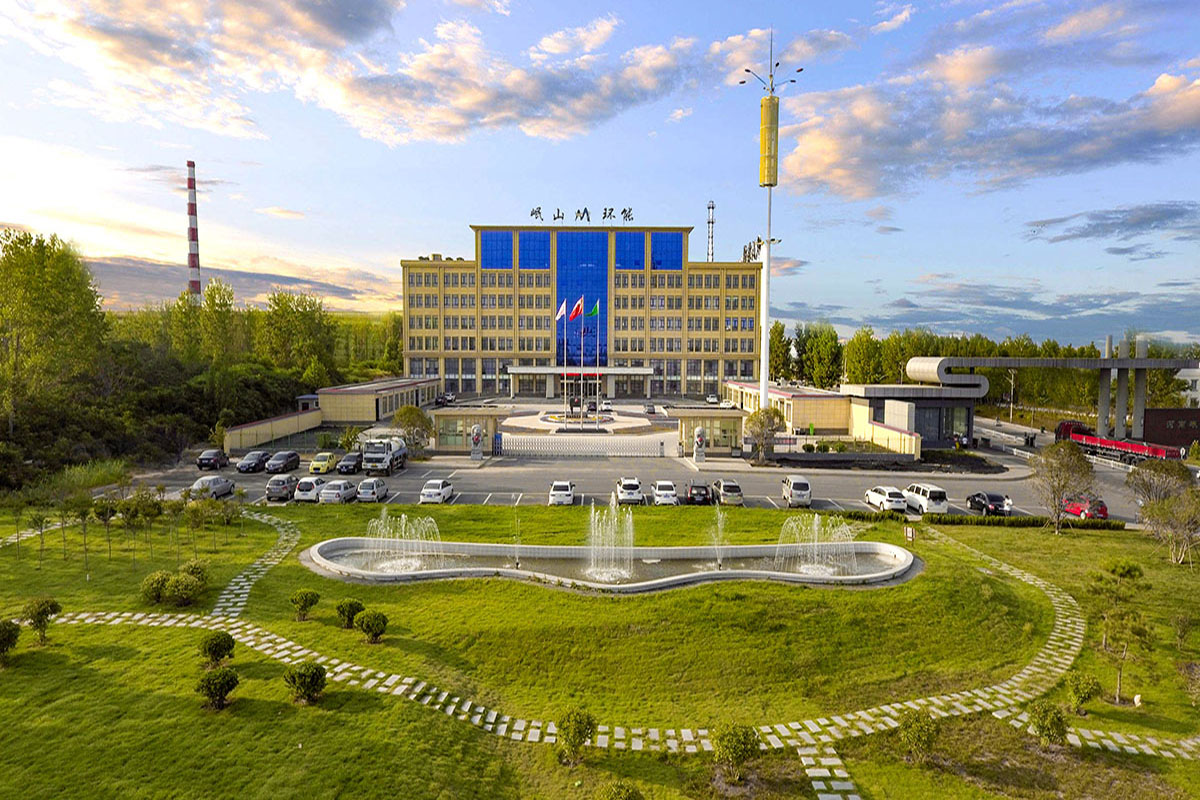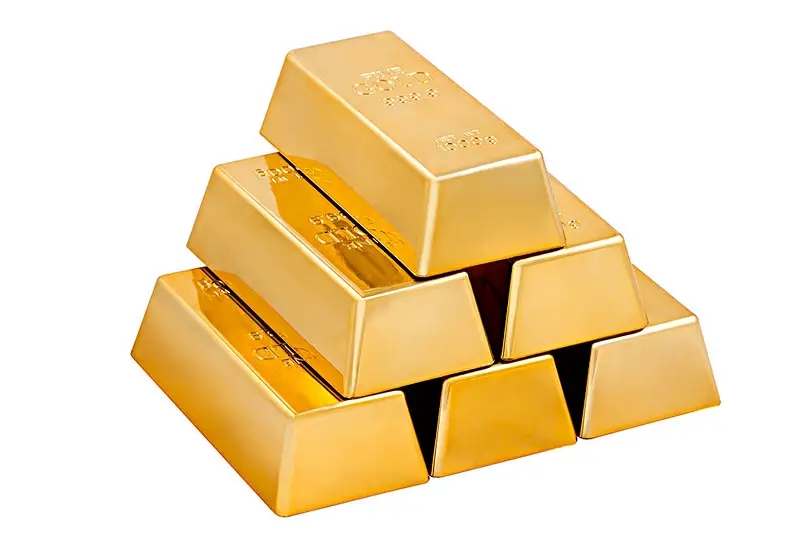1、 Black metal
It refers to an alloy of iron and carbon. Such as steel, pig iron, ferroalloys, cast iron, etc. Both steel and pig iron are alloys based on iron with carbon as the main additive element, collectively referred to as iron carbon alloys.
Black metals include iron (Fe), manganese (Mn), chromium (Cr), and their alloys.
1. Pig iron: refers to the product made by smelting iron ore in a blast furnace, mainly used for steelmaking and manufacturing castings.
2. Cast iron: Cast pig iron is melted in a melting furnace to obtain cast iron (liquid, iron carbon alloy with a carbon content greater than 2.11%). The liquid cast iron is cast into castings, which are called cast iron parts.
3. Ferroalloy: An alloy composed of iron and elements such as silicon, manganese, chromium, and titanium. Ferroalloy is one of the raw materials for steelmaking and is used as a deoxidizer and alloying element additive for steel during steelmaking.
4. Steel: Iron carbon alloys with a carbon content below 2.11% are called steel. Steel is obtained by melting pig iron used for steelmaking in a steelmaking furnace according to a certain process. Steel products include steel ingots, continuous casting billets, and various steel castings cast directly. The commonly referred to steel generally refers to steel that is rolled into various types of steel.
2、 Nonferrous metals
Up to now, humans have discovered 86 types of metal elements in nature, and 83 types of metals are called non-ferrous metals, except for the three black metals of iron, manganese, and chromium mentioned earlier.
The classification of non-ferrous metals is not completely unified in different countries, roughly divided into five categories based on their density, price, reserves and distribution in the earth's crust, and the time of discovery and use: light non-ferrous metals, heavy non-ferrous metals, precious metals, rare metals, and semimetals.
(1) Light non-ferrous metals
Light non-ferrous metals generally refer to non-ferrous metals with a density below 4.5, including aluminum (Al), magnesium (Mg), sodium (Na), potassium (K), calcium (Ca), strontium (Sr), and barium (Ba). The common characteristics of these metals are: a density between 0.53 and 4.5, high chemical activity, and relatively stable compounds with oxygen, sulfur, carbon, and halogens. So these metals are often extracted using molten salt electrolysis and metal thermal reduction methods.
Light metal aluminum accounts for 8% of the Earth's crust weight in nature (compared to 5% for iron). With the development of modern aluminum refining technology and the widespread application of aluminum in various sectors of the national economy, aluminum has become the most produced metal among non-ferrous metals.
(2) Heavy non-ferrous metals
Heavy non-ferrous metals generally refer to non-ferrous metals with a density of 4.5 or higher, including copper (Cu), nickel (Ni), lead (Pb), zinc (Zn), cobalt (Co), tin (Sn), antimony (Sb), mercury (Hg), cadmium (Cd), and bismuth (Bi).
Each type of heavy non-ferrous metal has its unique application scope and uses in various sectors of the national economy based on its characteristics. For example, copper is the basic material for military and electrical equipment; Lead is widely used in the chemical industry for acid resistant pipelines, batteries, and other applications; Galvanized steel is widely used in industry and daily life; Nickel and cobalt are alloying elements used in the production of high-temperature alloys and stainless steel.
The production of heavy non-ferrous metals is generally divided into pyrometallurgy and hydrometallurgy.
(3) Precious metals
This type of metal includes gold (Au), silver (Ag), and platinum (Pt) group elements [platinum (Pt), iridium (Ir), osmium (Os), ruthenium (Ru), palladium (Pd), rhodium (Rh)]. Due to their stability to oxygen and other reagents, as well as their low content in the Earth's crust, mining and extraction are relatively difficult, making them more expensive than ordinary metals and thus obtaining precious metals.
Except for gold, silver, and platinum, which have separate minerals and are produced from ores, most of these metals need to be recovered from by-products such as copper, lead, zinc, and nickel in smelters (anode mud).
Their characteristic is high density (0.4-22.4), among which platinum, iridium, and osmium are the heaviest metal elements; High melting point (916-3000 ℃); Chemical properties are stable, able to resist acids and bases, and difficult to corrode (except for silver and palladium). In addition, gold and silver have high malleability and plasticity, palladium and platinum also have good plasticity, while others are brittle metals. Metals generally have good electrical and thermal conductivity, while platinum group elements are very low.
In developed Western countries, and even in some developing countries, gold and silver have always been used as currency reserves or as decorations. Precious metals are widely used in industries such as electrical, electronic, aerospace, as well as high-temperature instruments and contact agents. The application of precious metals in industry, especially in the atomic energy industry, has become increasingly widespread.
(4) Rare metals
Rare metals usually refer to those metals that are rare in nature, sparsely distributed, or difficult to extract from raw materials. The following metals are generally considered rare metals: lithium, rubidium, cesium, beryllium, tungsten, molybdenum, tantalum, niobium, titanium, zirconium, chromium, vanadium, rhenium, gallium, indium, thallium, germanium, scandium, yttrium, lanthanum, cerium, praseodymium, neodymium, promethium, samarium, gadolinium, terbium, dysprosium, holmium, erbium, thulium, ytterbium, lutetium, polonium, radium, actinium, thorium, protactinium, and uranium, as well as artificial uranium elements.
The production of rare metals is relatively complicated, and generally cannot be directly smelted into metals from ores, but must go through an intermediate stage of compound production. After being made into metal, some materials still need to be processed into ultra pure metal to meet industrial requirements. Rare metals are commonly used in the black and non-ferrous metal industries to produce special steels, superhard alloys, and high-temperature resistant alloys. Rare metals play an important role in the fields of atomic energy industry, chemical industry, electrical industry, electronic tubes, semiconductors, supersonic aircraft, and rocket technology. Therefore, the application of rare metals is regarded as one of the factors contributing to the rapid development of science and technology. The names of rare metals also have a certain degree of relativity. Not all rare metals are rare, and many rare metals have much higher concentrations in the Earth's crust than commonly used metals, such as zirconium, vanadium, lithium, and beryllium, which have higher concentrations than lead, zinc, mercury, and tin.
For the sake of research convenience, various rare metals are classified into rare light metals, rare high melting point metals, rare dispersed metals, rare earth metals, and rare radioactive metals based on certain commonalities such as the physical and chemical properties of metals, the symbiotic relationship of raw materials, and production processes.
1. Rare light metals
Rare light metals include the following five metals: lithium (Li), beryllium (Be), rubidium (Rb), cesium (Cs), and titanium (Ti). Their common characteristics are low density (lithium-0.53; beryllium 1.85; rubidium 1.55; cesium 1.87; titanium 4.5) and strong chemical activity. The oxides and chlorides of these metals have high chemical stability and are difficult to reduce, commonly produced by molten salt electrolysis.
2. Rare high melting point metals
Rare high melting point metals include the following 8 metals: tungsten (W), molybdenum (Mo), tantalum (Ta), niobium (Nb), zirconium (Zr), hafnium (Hf), vanadium (V), and rhenium (Rt). Their commonalities are high melting points, ranging from 1830 ℃ (zirconium) to 3400 ℃ (tungsten), high hardness, strong corrosion resistance, and the ability to form very hard and difficult to melt stable compounds with some non metals, such as carbides, nitrides, silicides, and borides. These compounds are important materials for producing hard alloys. These metals have high melting points and are reduced by compounds to obtain metal powders or sponge bodies, which are then processed into dense alloys using powder metallurgy or arc melting methods.
3. Rare dispersed metals
Rare dispersed metals, also known as dispersed metals, include the following four metals: gallium (Ga), indium (In), thallium (Te), and germanium (Ge). Except for thallium, they are all semiconductor materials. Most rare metals do not exist as individual minerals in nature, and even if there are individual minerals, their production is extremely low and they have no industrial value. They are very dispersed in the Earth's crust, so they are all extracted from the waste of various metallurgical or chemical plants. For example, anode mud from electrolytic copper plants, slag and smoke from smelting lead, zinc, and aluminum, cigarette ash from thermal power plants, and waste residue from sulfuric acid plants are all raw materials for extracting these metals.
4. Rare earth metals
In the 18th century, only rare earth oxides with an appearance similar to alkaline earth (such as calcium oxide) could be obtained, hence the name "rare earth", which is still used today. These metals have the same atomic structure and their physical and chemical properties are very similar. They are always associated with each other in ores, and during the extraction process, complex operations are required to separate them one by one. Usually, it is first precipitated as a mixture of oxides or other compounds, and then separated using physical and chemical methods.
Rare earth metals include lanthanide elements and scandium and yttrium, which have similar properties to lanthanide elements, totaling 17. Furthermore, rare earth metals can be divided into two categories: light rare earth elements and heavy rare earth elements.
(1) Light rare earth element
There are a total of 7 elements, including lanthanum (La), cerium (Ce), praseodymium (Pr), neodymium (Nd), promethium (Pm), samarium (Sm), and europium (En);
(2) Heavy rare earth elements
There are a total of 10 elements, including gadolinium (Gd), technetium (Tb), dysprosium (Dy), holmium (Ho), erbium (Er), thulium (Tm), ytterbium (Yb), lutetium (Lu), as well as scandium (Sc) and yttrium (Y).
5. Rare radioactive metals
There are two main types of elements belonging to this category, namely natural radioactive elements and artificial transuranic elements.
(1) Natural radioactive elements
There are 7, which are: polonium (Po), radium (Ra), actinium (Ac), thorium (Th), protactinium (Pa), and uranium (U);
(2) Artificial transuranic element
There are 13, which are: francium (Fr), technetium (Tc), neptunium (Np), plutonium (Pu), americium (Am), curium (Cm), curium (Bk), californium (Cf), curium (Es), fermium (Fm), curium (Md), curium (No), and curium (Ln).
Natural radioactive elements often coexist in ores. They are often associated with rare earth metal minerals. These metals play an extremely important role in the atomic energy industry.
(5) Half metal
Semimetals generally refer to silicon (Si), selenium (Se), tellurium (Te), arsenic (As), and boron (B). Its physical and chemical properties are between metals and non metals, such as arsenic, which is a non-metal but can also conduct heat and electricity. These types of metals have different uses according to their respective characteristics. Silicon is one of the main materials in semiconductors; High purity tellurium, selenium, and arsenic are raw materials for manufacturing compound semiconductors; Boron is an additive element in alloys.
Also known as non-ferrous metals, they refer to metals and alloys other than ferrous metals, such as copper, tin, lead, zinc, aluminum, as well as brass, bronze, aluminum alloys, and bearing alloys. In addition, chromium, nickel, manganese, molybdenum, cobalt, vanadium, tungsten, titanium and other metals are also used in industry. These metals are mainly used as alloy additives to improve the properties of the metals, among which tungsten, titanium, molybdenum and other metals are mostly used to produce hard alloys for cutting tools. The above non-ferrous metals are all called industrial metals, in addition to precious metals such as platinum, gold, silver, and rare metals including radioactive uranium, radium, etc.




